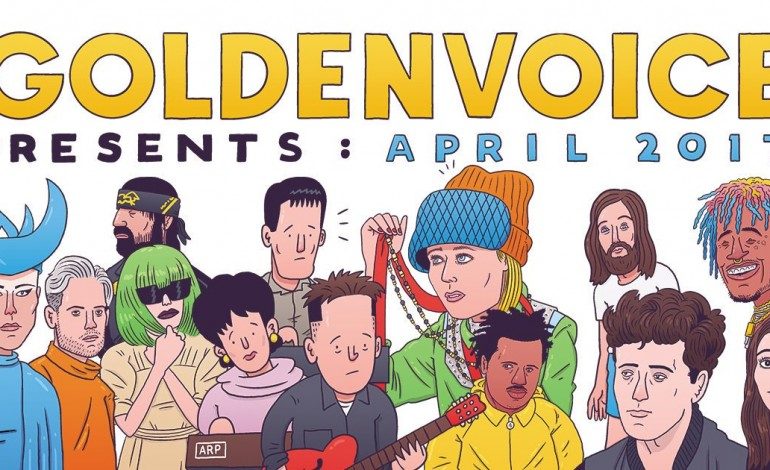

In a profile piece done by The New Yorker, the publication dug deep into Coachella Co-founder Paul Tollett to understand his side of the empire he has created, including debt and scandals he has dealt with along the way.
In the interview it was confirmed that Coachella actually lost money during their 1990 debut with headliners like Tool, Rage Against the Machine and Beck. There was a loss of about eight hundred and fifty thousand and a million dollars during the five-stage two-day debut. The loss nearly bankrupted supporter Goldenvoice and causing Tollett to sell his house and eventually his car. It took the festival four years to become a profitable investment and by 2011 had grown into its current two weekend fest.
“We controlled every aspect of it,” Tollett said to The New Yorker. “Usually, if you’re starting a festival you go to a food-and-beverage company and say, ‘Give me half a million in advance, and you can run the concessions.’ You go to the ticket people, same. So there’s a way to cut your losses up front. But you have to control it. Because, if the concession guy is in control, water will go from two bucks to five bucks when you’re not looking.” Also, “I wouldn’t let sponsors’ logos on the stages. I feel like when the band is playing it should be you and the band, and it’s a sacred moment.”
The article also goes into the Anti-LGBT scandal that surrounded Coachella for a while tagged on through its mysterious conservative billionaire from Colorado—Philip Anschutz. The LA punk based Goldenvoice originally supported Coachella, but were bought out by Anschutz’s A.E.G. in 2001. the article explains how Anschutz had stated to support other groups through A.E.G. that had, unknowingly to him, anti-L.G.B.T. bias.
“No one wants to wake up to see a headline that says, ‘Coachella owner anti-gay,’ ” Tollett was quoted saying in The New Yorker profile. “I was offended. I run the festival, but it’s rude to say that when you’re a partner with someone.”
The mega festival that Tollett put on last year on the Coachella grounds called Desert Trip was also discussed. In this excerpt he breifly explains the finances that went in to hosting some of music history’s biggest icons.
“Artist fees of between three and five million dollars helped. In addition, each act got its own tented friends-and-family acre for the entire two weeks. The Stones’ area included a forty-yard-long air-conditioned running track on which Jagger could sprint back and forth to warm up.”
